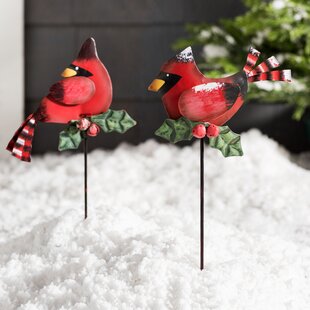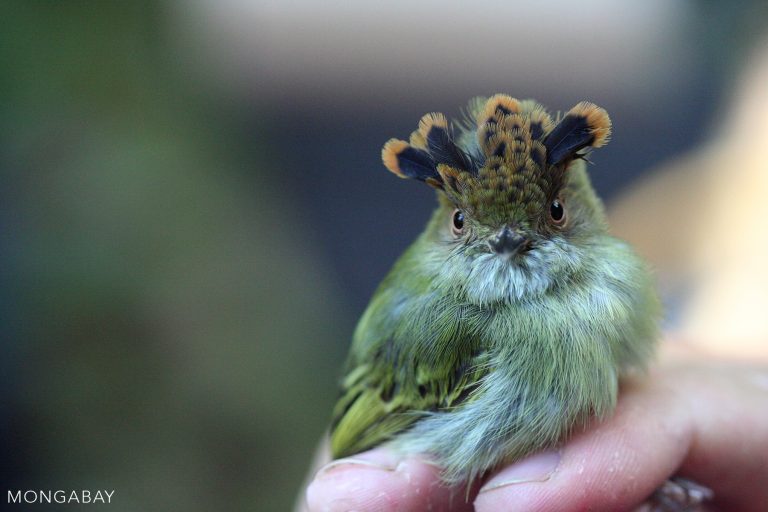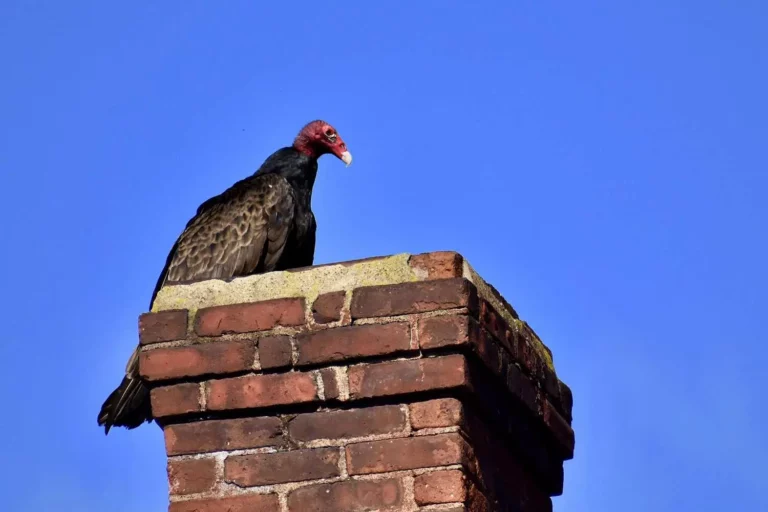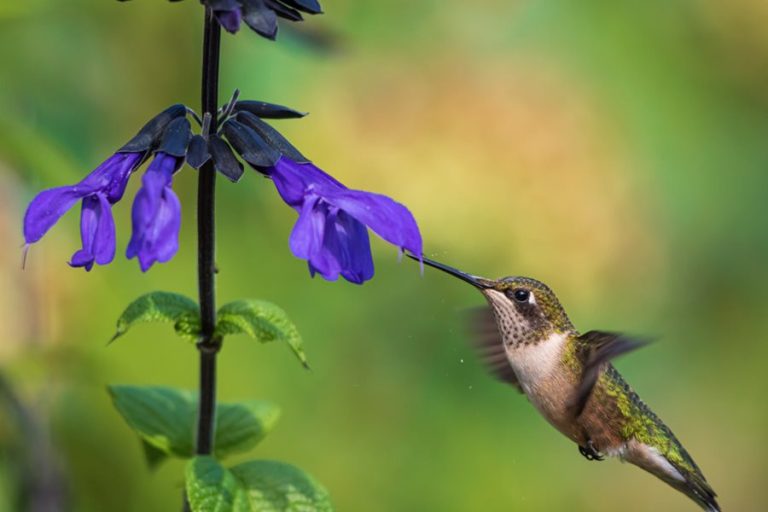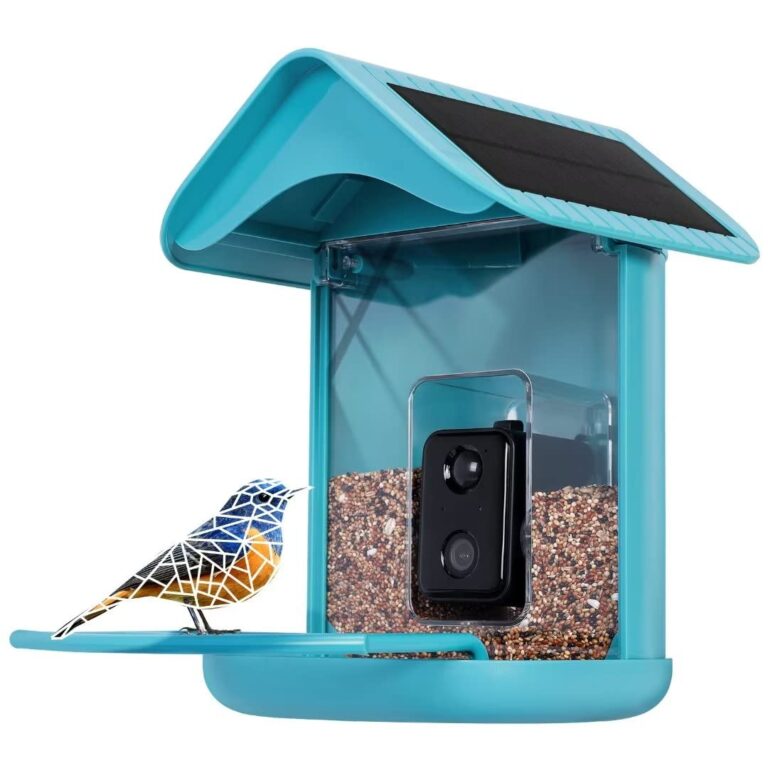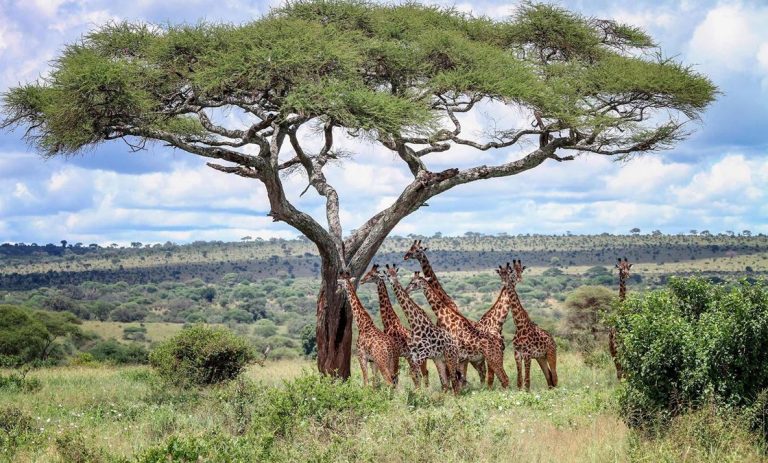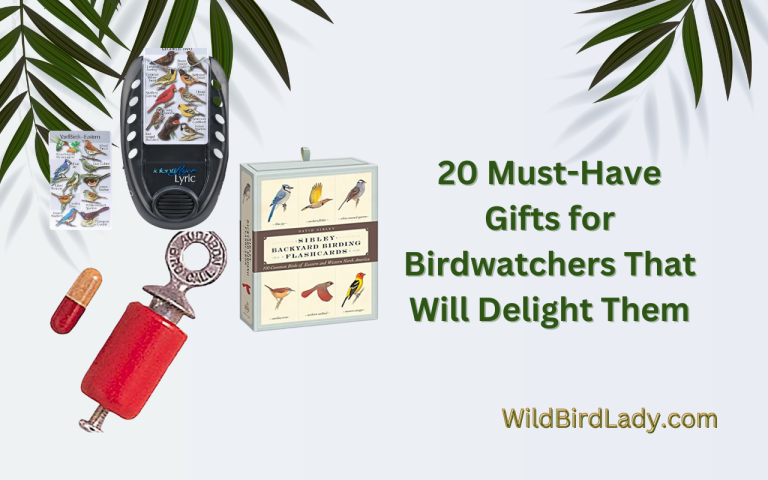How to Attract Cardinals and Blue Jays to Your Backyard: A Bird Lover’s Guide
Attract cardinals and blue jays by offering food and creating a welcoming environment. To attract these birds, provide food in feeders and create natural perches for them to rest on in your yard or garden.
Cardinals and blue jays, with their bright colors and distinct calls, are a joy to watch and listen to. While they may be attracted to backyard feeders and gardens for different reasons, they both share a love for seeds and nuts.
To draw them in, it’s important to provide a variety of food in feeder stations, such as platform or hopper feeders with sunflower seeds, peanuts, and cracked corn. Additionally, creating a welcoming environment with plenty of shrubs, trees, and natural perches for them to rest on and scout for food will increase their likelihood of visiting your backyard. By following these tips, you can enjoy the presence of these beloved birds in your own backyard.
Understanding Cardinals And Blue Jays
What Are Cardinals And Blue Jays?
Cardinals and blue jays are two types of birds that are commonly found in north america. Both of these birds are known for their beautiful appearance and are often admired by bird enthusiasts. Cardinals are known for their bright red feathers, while blue jays are easily recognized by their blue and white wings.
Why Do Cardinals And Blue Jays Prefer Certain Garden Environments?
Cardinals and blue jays are attracted to gardens that provide them with food and shelter. Here are some key factors that make a garden more attractive to these birds:
- Trees and shrubs: Cardinals and blue jays prefer gardens that offer plenty of trees and shrubs for cover and nesting.
- Bird feeders: These birds are attracted to gardens with bird feeders that offer a variety of seeds and nuts.
- Water: Both birds need a source of fresh water for drinking and bathing, so a garden with a bird bath or fountain is a great choice.
- Nesting sites: Cardinals and blue jays prefer to nest in trees, so a garden with mature trees is ideal. You can also provide nesting boxes specifically designed for these birds.
Creating a bird-friendly garden can be a great way to attract cardinals and blue jays to your backyard. By providing the right environment, you can enjoy the beauty and charm of these birds up close.
Creating A Bird-Friendly Garden Habitat
With some simple changes to your garden, you can attract beautiful birds like cardinals and blue jays. These birds are beneficial for gardeners, as they help control insect populations and are a joy to watch. Creating a bird-friendly habitat involves three main strategies: providing fresh water, planting native trees and shrubs, and creating nesting and sheltering areas.
Providing Fresh Water
Birds need fresh water for drinking and bathing, and placing a bird bath in your garden is an excellent way to attract them. Consider these tips for providing fresh water for birds:
- Place a bird bath on a pedestal or in a hanging location to keep it off the ground.
- Change the water every day to prevent mosquito breeding.
- Clean the bird bath regularly with a mild solution of bleach and water.
- Place the bird bath near a fence or tree to provide birds with a quick retreat if they feel threatened.
Planting Native Trees And Shrubs
Native trees and shrubs are essential for attracting cardinals and blue jays. These birds prefer trees and shrubs with dense foliage, which provides them with shelter and nesting areas. Here are some native plants to consider adding to your garden:
- Redbud
- Dogwood
- Sassafras
- Serviceberry
- Oak
- Sumac
- Elderberry
- Alaska cedar
- Juniper
- Holly
Creating Nesting And Sheltering Areas
Birds need places to nest and shelter, and with some simple modifications to your garden, you can attract these birds. Consider these strategies for creating nesting and sheltering areas:
- Provide nesting boxes for birds. Many birds, including cardinals and blue jays, prefer nesting boxes that are open on one side and have a small hole for entry.
- Keep brush piles on your property. Dead branches, leaves and twigs piled together create a nice sheltering area for birds.
- Create a dense flower bed with annuals, perennials and ornamental grasses. Not only does it provide a sheltering area for birds, but it also provides a food source.
By incorporating these simple tips into your garden, you can transform it into a bird-friendly habitat that cardinals and blue jays are sure to love.
Choosing The Right Bird Feeders And Food
Attracting vibrant and colorful birds like cardinals and blue jays to your backyard requires careful attention to details like bird feeders and food. Providing the right food and feeders is critical if you want these birds to make your yard their home.
Here’s how to choose the right birdfeeders and foods that will have these feathered friends flocking to your yard.
Selecting Squirrel-Proof Feeders
Keeping squirrels away from bird feeders is a common challenge that most backyard enthusiasts face. The nuts and seeds in birdfeeders are like a tantalizing treat for squirrels. To keep squirrels out of your bird feeders, consider the following:
- Choose feeders with squirrel-proof features: When choosing a bird feeder, look for one with a baffle underneath to keep squirrels from scaling the feeder’s pole.
- Choose a pole-mounted feeder: A pole-mounted feeder should be at least 5 feet from the ground and 10 feet from trees or other launching points for squirrels to jump.
- Choose caged feeders: Caged feeders have a wire barrier around the feeding ports, which will keep squirrels from reaching inside to grab the seeds.
Offering Protein-Packed Food
Cardinals and blue jays have high energy requirements, especially during breeding and nesting seasons. That’s why it’s essential to provide them with protein-packed food like insects and nuts.
- Mealworms: Cardinals and blue jays consider mealworms a delicacy available throughout the year. You can offer them in a specially designed feeder or sprinkled on a platform feeder.
- Nuts: Peanuts, almonds and walnuts are protein-rich treats that these birds love. Nuts can be served in a specially designed feeder or scattered on a platform feeder.
- Suet: Cardinals and blue jays love suet, which is a fat-rich food that provides energy and warmth during winter. You can offer suet cakes in a suet feeder or smear on a tree trunk.
Avoiding Artificial Dyes And Preservatives
When it comes to bird food, not all food is created equal. Birds are sensitive to chemicals and artificial additives found in some food products, which can lead to health issues and death. Here are some tips to avoid artificial dyes and preservatives when offering food to cardinals and blue jays:
- Natural foods: Offer natural foods like nuts, mealworms, and fruit.
- Read labels carefully: Check the ingredients list on birdseed packages to avoid food that has preservatives and artificial colors.
- Make your own food: You can make your bird food by mixing unsalted nuts, seeds, and dried fruit. This way, you have control over the ingredients, and you know what you’re offering your feathered friends.
By choosing the right bird feeders, protein-packed foods, and avoiding artificial dyes and preservatives, you can successfully attract cardinals and blue jays to your backyard. With patience and consistency, you’ll soon have a backyard full of these colorful feathered friends.
Understanding The Timing And Seasonal Habits Of Cardinals And Blue Jays
If you’re a bird enthusiast, you know how mesmerizing it is to attract beautiful birds to your yard. Cardinals and blue jays are striking birds that can grace your yard with their colorful plumage and captivating songs. To attract these birds, you need to understand their timing and seasonal habits.
Here are some tips:
Identifying Cardinals And Blue Jays’ Breeding Nuances
Cardinals and blue jays breed in spring and summer, with their breeding seasons happening at slightly different times. Here are some points to keep in mind when attracting breeding cardinals and blue jays:
- You would need to have a birdhouse or nestbox in your yard that can meet the ideal size requirements of the specific bird species you want to attract. Cardinals require a space of around 4″ x 4″ x 8″ with a 1⅜” entrance, while blue jays need a space of about 7″ x 8″ x 12″ with a 1.5″ entrance.
- Replenish and maintain a sufficient amount of food and water supply in your yard throughout their breeding season.
- Avoid using pesticides and fertilizers during their breeding season to ensure they stay safe and healthy.
Adapting To Cardinals And Blue Jays’ Migratory Habits
Cardinals are non-migratory and can be seen all year round, while blue jays are migratory birds who tend to fly south in winter. Here are some tips on how to make your yard attractive to migrating blue jays:
- Keep a steady availability of food and water in your yard from early autumn until the end of winter.
- Select appropriate feeders and place them in an open area, making sure they are easy for blue jays to notice.
- Use an array of nuts, acorns, and wild fruits, which blue jays love, as a food source.
Preparing For Winter
Winter can be harsh and challenging for all birds, including cardinals and blue jays. Here are some tips you can follow to prepare your yard for their survival in winter:
- Provide food that is high in fat and protein to help them through cold winter months.
- During winter, opt for larger and sturdier feeders that can be easily cleaned and maintained.
- Consider adding a heated bird bath, which will provide birds with a medium to drink and clean themselves.
Attracting cardinals and blue jays to your feeders takes time, patience, and knowledge of their seasonal habits and preferences. The tips mentioned above will help you create a bird-friendly space and make your yard a favorite destination for these beautiful birds.
Frequently Asked Questions For How To Attract Cardinals And Blue Jays
How Can I Attract Blue Jays And Cardinals To My Yard?
You can attract blue jays and cardinals by providing food, water, and shelter. They enjoy eating peanuts, sunflower seeds, and corn. Place bird feeders and bird baths in your yard, and provide shrubs and bushes for nesting and shelter.
What Is The Best Type Of Feeder For Blue Jays And Cardinals?
The best type of feeder for blue jays and cardinals is a platform feeder. It allows the birds to perch and eat comfortably. Make sure the feeder is sturdy and securely mounted, and keep it clean and filled with fresh food.
What Are Some Natural Ways To Attract Blue Jays And Cardinals?
Planting fruit-bearing trees and shrubs is a great way to attract blue jays and cardinals. Dogwood, elderberry, and holly are some examples. You can also place nesting boxes or provide leaf litter for nesting materials.
How Can I Make My Yard Attractive To Blue Jays And Cardinals?
To make your yard attractive to blue jays and cardinals, create a diverse and natural environment. Provide bird feeders, bird baths, and nesting materials, and plant native trees and shrubs. Avoid pesticides and chemicals in your yard, and maintain a clean and safe space for the birds.
Conclusion
Attracting beautiful birds like cardinals and blue jays is a joy to behold. With the right measures put in place, you can make your garden a remarkable haven for these birds all year round. Simple steps like providing food, water, and shelter can go a long way in attracting these birds.
Planting native trees and shrubs also help create a natural habitat for them. Keep in mind that cardinals and blue jays are territorial birds and may require ample space to thrive. As you set out to attract these stunning birds, be patient and consistent with your efforts.
Ensure that your garden remains a safe, clean, and inviting space for them to visit regularly. With careful attention to detail and an understanding of what these birds need, you too can enjoy the sights and sounds of beautiful cardinals and blue jays in your garden.

